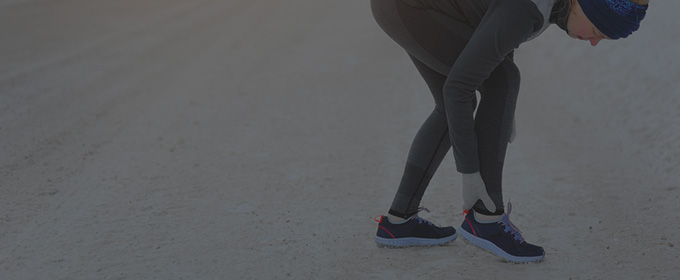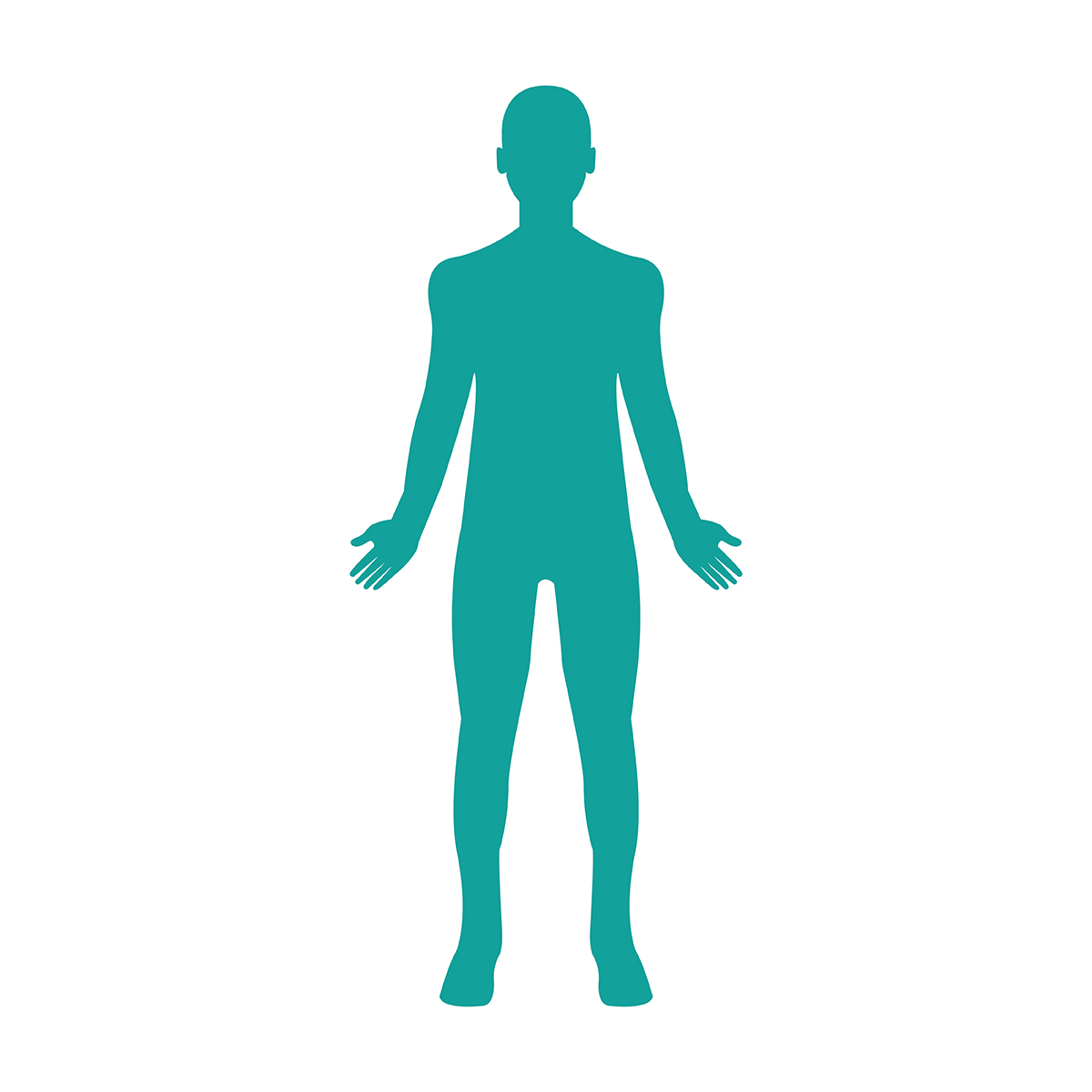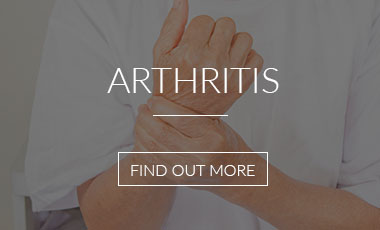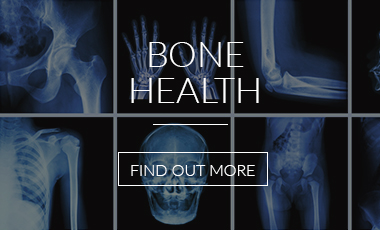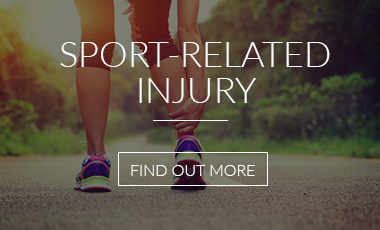The Achilles tendon is the strongest tendon in the body, connecting the heel to the calf muscles.
Contracting the calf muscles pulls the Achilles tendon, which pushes the foot downward enabling standing on the toes, walking, running, and jumping. Each Achilles tendon is subject to up to 3-12 times a person’s body weight during activities.
Causes of Injury
Multiple factors are often involved e.g. overuse, mechanical issues such as misalignment, poor flexibility, weakness, back problems, wrong footwear, medication side effects and/or accidents.
To relieve pain and speed recovery
Address the injury immediately – it will get worse if not addressed. Unless your Achilles pain is severe or you’re unable to walk, you can try the following:
Rest – from all activities that cause pain, especially running, impact cardio class and jumping.
Ice – a minimum of 2-3 times per day. Crushed ice in a plastic bag, placed over the Achilles tendon for 15 minutes.
Anti-inflammatories – Preferably used topically (eg Voltarol Emugel 3-4 times daily). Oral Ibuprofen may be used (unless contraindicated).
Shoes – with a firm arch support and well-cushioned heel help reduce the tension in the tendon. Change shoes that show excess wear and try putting a heel raise or arch support in both shoes.
Stretches
To relieve tension. To warm up, stretch to a gentle pull and hold without bouncing for 20 seconds. Do 6 repetitions, at least twice daily.
Calf stretch – Stand with your feet pointed forward. Keep your heels down and back leg straight. Slowly bend the front leg until you feel a gentle upper calf stretch in the back leg.
Heel stretch – Stand with your feet pointed forward and heels down. Slowly bend the back leg until you feel a gentle lower calf or heel stretch along that leg.
Strengthening
To prevent injury. Do 3 sets of 10 repetitions (each side), 6-7 days per week.
Start by strengthening the calf muscles; when you can do these pain free, start the Achilles strengthening, preferably with the help of a physio.
Calves – Slowly rise up onto your toes. Slowly lower your heels.
Achilles – Stand with your heels hanging off a step. Rise on your toes, then slowly drop down on one heel.
Progression of Achilles strengthening: Initially the number of sets of repetitions are gradually increased, then a weight is added, then the speed of movement is increased. This should be done on the advice of a physiotherapist / specialist.
Physiotherapyshould include more exercises to progressively strengthen the tendon, lower leg and core muscles, improve flexibility, and change biomechanical factors. A structured approach to returning to activities that caused the problem, involving strengthening muscles, adapting technique and preventing further damage.
What if it hurts?
These exercises are going to cause discomfort. However, if you are much worse the day after doing them, you are doing too much and should do fewer repetitions and get advice.
If these approaches are not successful, see a specialist to ensure the diagnosis is correct and to progress treatment.
The condition can be diagnosed on the basis of listening to the story and a good clinical examination. A diagnostic ultrasound is also very useful. X-rays are not usually required, but may be recommended to rule out other conditions, such as arthritis. An MRI scan and possibly blood tests may also be indicated.
Footwear
Correct footwear can be one of the keys to preventing, recovering from, and preventing the reoccurrence of, Achilles tendon injuries. Incorrect footwear can cause or exacerbate Achilles tendon injuries.
Selecting the right shoe in terms of cushioning and motion control is always beneficial. Some people experience a tremendous temporary benefit from a little extra padding or cushioning under the heel. The temporary heel padding reduces the length of Achilles tendon stretching made with each step or stride. Many find motion control (anti-pronation) shoes helpful. Others require custom made shoe inserts (orthotics), shoes, or sport shoes – designed specifically for the unique requirements of an individual’s feet and activities. In extreme cases a brace may be required to immobilise an injured Achilles tendon.


